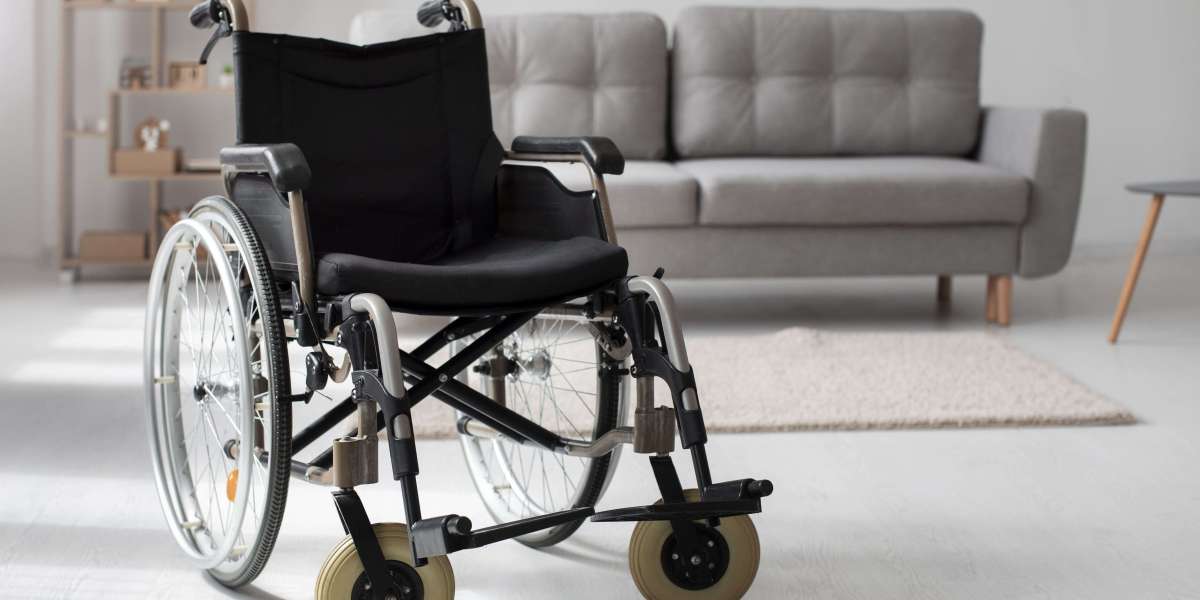Understanding Manual Wheelchairs: The Essence of Simplicity
Manual wheelchairs have been a trusted mobility solution for decades, providing a simple yet effective means of getting from point A to point B. Let's delve into the key aspects that define manual wheelchairs:
1. Human-Powered Movement:
The hallmark of manual wheelchairs is their reliance on human power for movement. Users propel themselves forward by pushing the wheels with their hands, either directly or using hand rims.
2. Lightweight and Maneuverable:
Manual wheelchairs are typically lightweight and straightforward in design, making them easy to maneuver. Their simplicity allows users to navigate through tight spaces with ease.
3. Low Maintenance:
With fewer mechanical components, manual wheelchairs require less maintenance compared to their electric counterparts. They are durable and reliable for daily use with minimal upkeep.
4. **Independence with Assistance:
While manual wheelchairs offer independence, they may necessitate assistance for extended distances or challenging terrains, especially for individuals with limited upper body strength.
5. Versatility Indoors:
Manual wheelchairs excel in indoor environments, providing a nimble and practical solution for tasks around the house, office, or other confined spaces.
Unlocking Freedom with Power Wheelchairs: The Electric Advantage
In recent years, power wheelchairs, or electric wheelchairs, have transformed the landscape of mobility aids, offering advanced features and effortless movement. Here's a closer look at what defines power wheelchairs:
1. Electric-Powered Mobility:
Power wheelchairs operate on electric motors, providing users with the convenience of effortless movement. The user can control the chair through a joystick or other specialized control mechanisms.
2. Customized Controls:
The flexibility of power wheelchairs is evident in their range of control options. Users can choose from joysticks, sip-and-puff systems, or touch-sensitive controls, catering to individuals with varying levels of physical abilities.
3. Increased Independence:
Offering a new level of independence, power wheelchairs are ideal for users with limited upper body strength or mobility. With the push of a button or a subtle joystick movement, individuals can navigate both indoor and outdoor environments independently.
4. Versatility in Terrain:
Designed to handle diverse terrains, power wheelchairs come equipped with features like suspension systems and all-terrain wheels. This makes them suitable for outdoor activities and navigating uneven surfaces.
5. Effortless Travel:
Power wheelchairs eliminate the need for manual propulsion, making them an excellent choice for users who may find pushing a manual wheelchair challenging. This feature is particularly beneficial for those with conditions affecting strength or stamina.
1. Lifestyle and Daily Activities:
Consider your daily routine and activities. If you lead a more active lifestyle, a power wheelchair might provide the convenience needed for outdoor adventures. For simpler, indoor tasks, a manual wheelchair could be the perfect fit.
2. Physical Abilities:
Assess your physical abilities and upper body strength. Power wheelchairs are well-suited for individuals with limited strength or mobility, while manual wheelchairs offer a physical workout for those seeking an active approach.
3. Budget and Maintenance:
Evaluate your budget and willingness for maintenance. Manual wheelchairs are generally more budget-friendly and have lower maintenance costs. Power wheelchairs, while offering advanced features, may require more upkeep.
4. Portability and Storage:
Consider your transportation needs. Manual wheelchairs are often more compact and easier to transport, making them suitable for individuals who frequently need to store or transport their wheelchairs.
5. Environmental Considerations:
Think about the environments you'll navigate regularly. If you frequently encounter rough terrains or enjoy outdoor activities, a power wheelchair with all-terrain capabilities may be the best fit.
Conclusion: Finding Your Perfect Mobility Companion
In the realm of mobility aids, the choice between power wheelchairs and manual wheelchairs ultimately boils down to your unique needs and preferences. Both options offer distinct advantages, and understanding your lifestyle, physical abilities, and daily activities is key to making an informed decision.
Whether you opt for the simplicity and physical engagement of a manual wheelchair or the power wheelchair, both are designed to unlock the wheels of freedom, granting you the independence to move through life with ease.
Agility Healthcare goes beyond the ordinary, offering heavy-duty bariatric scooters designed for users with specific requirements. The award-winning Comet Alpine+ takes centre stage in this category, excelling in performance and prioritizing safety with an automatic speed reduction feature. Additionally, a user-friendly speed reduction button and a built-in brake light enhance safety, signalling the scooter's deceleration or a complete stop.








